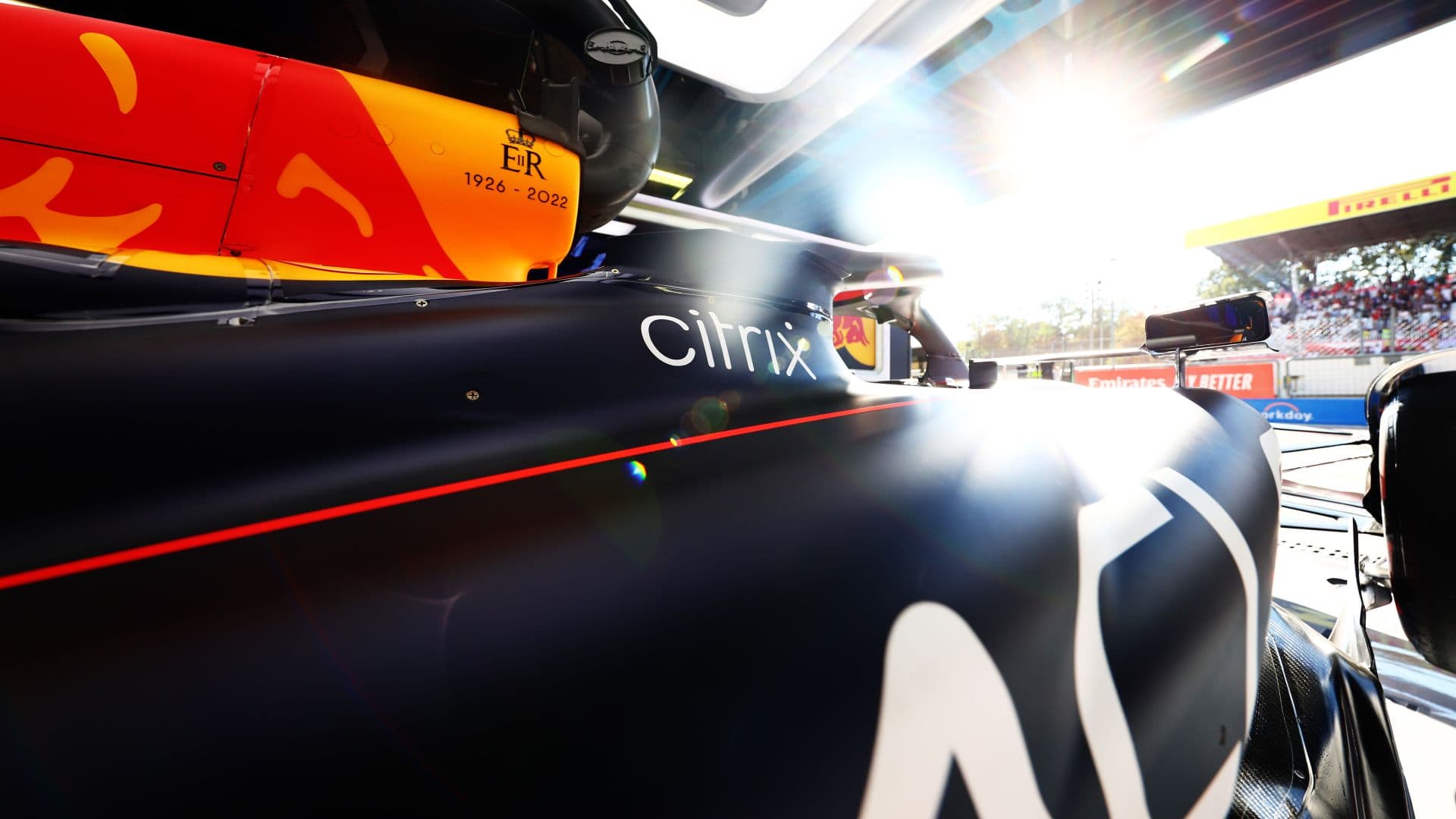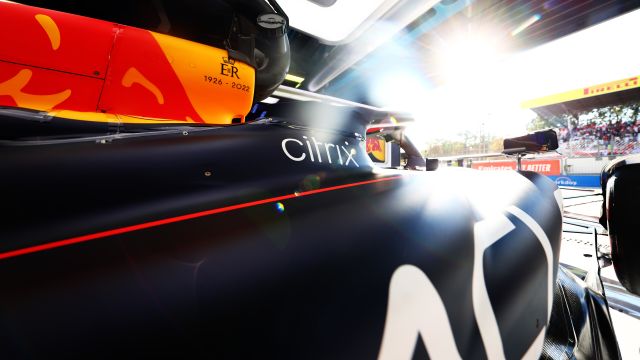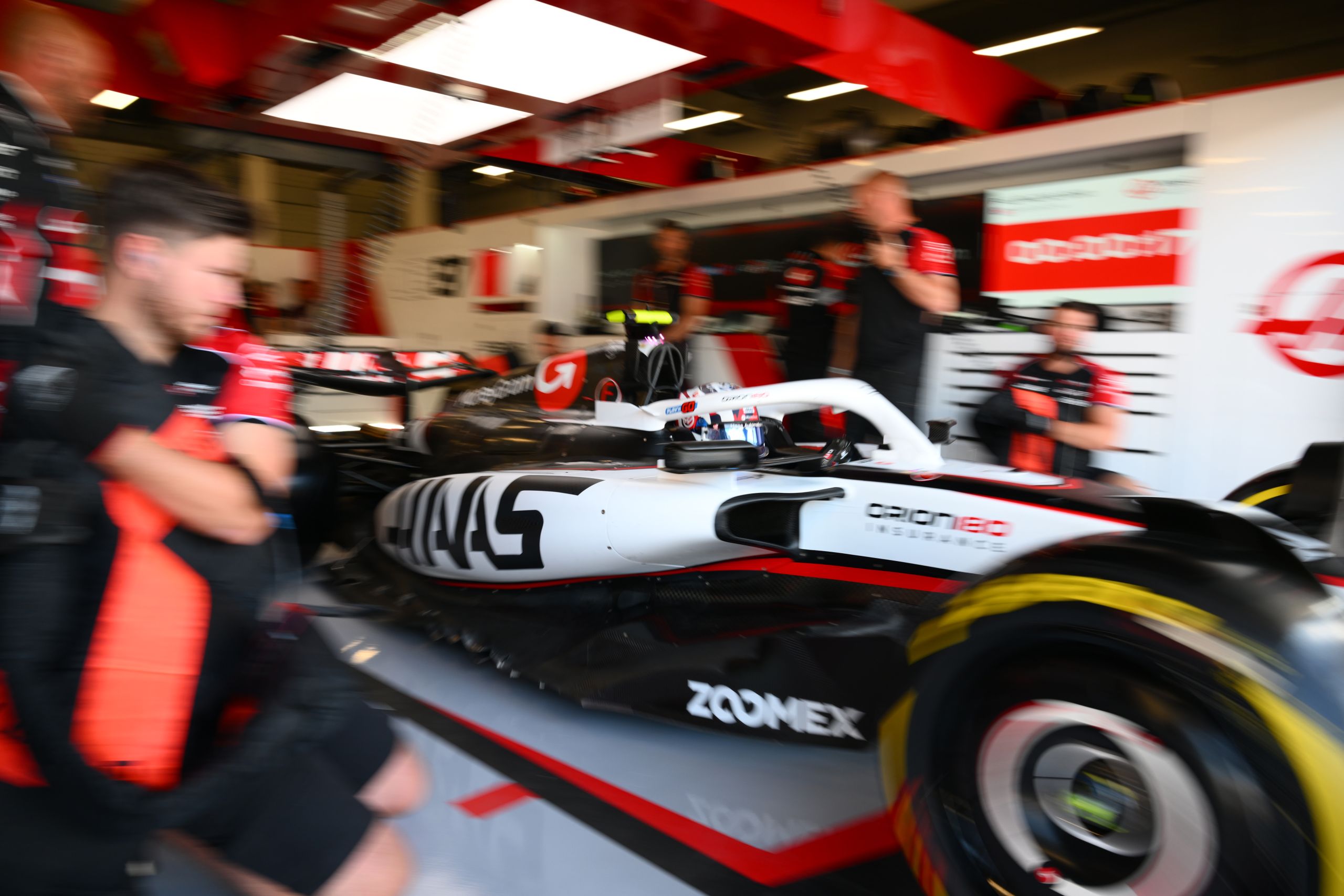How Many Gears Does A Formula 1 Car Have?


How many gears does a Formula 1 car have? The answer is quite straightforward; under the current regulations, a modern Formula 1 car is equipped with eight forward gears and one mandatory reverse gear. This setup has been a standard since 2014, marking a shift from the previous seven-gear configurations that were used in the past. The additional eighth gear was introduced to accommodate the increased speed ranges and to enhance fuel efficiency, ensuring that these high-performance vehicles are geared up to tackle the demanding nature of F1 racing.
Key Takeaways:
- Modern Formula 1 cars have eight forward gears and one reverse gear.
- The gearbox is a complex and expensive component of an F1 car.
- Semi-automatic paddle shifters allow drivers to change gears with their fingertips.
- The FIA imposes strict regulations on gearboxes in Formula 1 racing.
- Selecting the right gear ratios is crucial for F1 car performance.
Components of the F1 Gearbox System
In a Formula 1 car, the gearbox is one of the most intricate and expensive components. Positioned behind the engine, the gearbox houses the gear control device responsible for managing the transmission. With a price tag exceeding $600,000 for a complete gearbox, this component is not only valuable but also necessary for the car’s performance.
Maintaining a high-performance transmission is crucial for the overall lifespan of an F1 car. Teams invest significant resources and effort in ensuring the gearbox functions optimally throughout the racing season. The complexity and precision of the gearbox design play a pivotal role in achieving blistering speeds and efficient power delivery.
Understanding the various components of the F1 gearbox system helps shed light on its significance. Some of the key components include:
- Gearbox Casing
- Gear Train
- Shift Actuators
- Clutch
The gearbox casing provides structural integrity and houses all the internal components. It is designed to withstand extreme forces and protect the delicate internals from external impacts. The gear train, consisting of gears and shafts, transmits power from the engine to the wheels and allows the driver to switch between different gear ratios.
Shift actuators are responsible for executing gear changes accurately and rapidly. These sophisticated devices ensure seamless transitions between gears, maximizing acceleration and maintaining stability during shifts. Additionally, the clutch allows the driver to disengage power from the engine temporarily, enabling smoother gear changes.
F1 Gearbox System Components
| Component | Description |
|---|---|
| Gearbox Casing | Provides structural integrity and protects internal components |
| Gear Train | Transmits power and enables gear shifting |
| Shift Actuators | Executes rapid and precise gear changes |
| Clutch | Allows disengagement of power for smooth gear changes |
As the F1 gearbox system is highly complex, it necessitates meticulous maintenance and care to ensure peak performance. With its crucial role in translating engine power to the wheels, teams strive to avoid breakdowns or damages that may compromise the gearbox’s reliability and incur costly repairs.
Having an understanding of the various components comprising the F1 gearbox system is instrumental in appreciating the engineering mastery behind these racing machines. It highlights the importance of this highly specialized and valuable component, which ultimately determines a team’s ability to compete at the highest level in Formula 1.
The Role of Semi-Automatic Paddle Shifters
Drivers of contemporary Formula 1 vehicles have shifted gears from the conventional stick shift to a more advanced and efficient system. Introducing the semi-automatic paddle shifters, these innovative controls have revolutionized the gear-shifting experience in Formula 1 racing.
The semi-automatic paddle shifters are strategically positioned behind the steering wheel for easy access and seamless gear changes. With just their fingers, drivers can swiftly transition between gear ratios, enhancing both performance and effectiveness on the track.
The semi-automatic paddle shifters offer a rapid and intuitive gear-shifting mechanism, giving drivers the freedom to focus on their driving technique and maintain optimum control over their F1 cars.
Despite the convenience provided by these paddle shifters, skilled drivers still need quick reflexes and a solid understanding of the best gear ratio for different sections of the circuit. The ability to make instant gear changes at precise moments during a race is crucial for achieving the highest levels of performance and maintaining a competitive edge.
The integration of semi-automatic paddle shifters showcases the continuous advancement of driver controls in Formula 1, improving the overall driving experience and pushing the boundaries of performance and technological innovation.
Gear Regulations and Restrictions in Modern F1 Racing
The FIA, the governing body of Formula 1 racing, enforces stringent regulations and restrictions on gearboxes to ensure fair competition and cost control. These regulations play a crucial role in maintaining the integrity and competitiveness of the sport.
Gearbox Change Limitations
One of the key regulations governing gearboxes is the limitation on the number of gearbox changes allowed per season. According to FIA rules, teams are permitted a maximum of four gearbox changes during the course of a season. Any additional changes beyond this limit result in penalties for the driver.
This restriction aims to encourage teams to design and engineer gearboxes that can withstand the demands of an entire season. It places an emphasis on durability, reliability, and efficient usage of gearbox components.
Protecting Gearbox Parts
The limited number of gearbox changes ensures that teams must carefully manage their gearboxes to avoid unnecessary penalties. This regulation significantly impacts the overall strategy of teams and drivers throughout the season.
To comply with the regulations and prevent penalties, teams invest heavily in protecting gearbox parts. This includes implementing rigorous maintenance and inspection protocols, using innovative materials and designs, and employing advanced technologies to ensure the longevity and optimal performance of the gearbox.
The Risk of Innovation
While the regulations aim to standardize and control gearbox usage, teams often strive to gain a competitive advantage through innovative technological advancements in their gearboxes. This can lead to a delicate balance between adhering to the regulations and pushing the boundaries of performance.
Teams may risk fines if they choose to exploit new technologies or push the limits of the regulations to optimize their gearboxes. These fines serve as a deterrent and discourage teams from bypassing the rules to gain an unfair advantage.
Ultimately, the regulations and restrictions imposed by the FIA on gearboxes in Formula 1 racing serve as a crucial element in maintaining the fairness, integrity, and competitiveness of the sport. They ensure that teams must carefully manage their gearboxes while balancing the pursuit of performance and compliance with the rules.
How Formula 1 Teams Select the Right Gear Ratios
When it comes to Formula 1 racing, selecting the right gear ratios is essential for optimal performance. Each Formula 1 team meticulously analyzes the specific requirements of every track to determine the best gear ratios for their car. This careful consideration takes into account various factors that can greatly impact a driver’s ability to navigate the twists and turns of the race.
Grip levels, cornering speeds, and straight-line speeds all play a crucial role in gear ratio calculations. The teams need to strike the right balance between acceleration and top speed, ensuring that the car can quickly respond to changes in track conditions.
Finding the right gear ratios requires a combination of technical expertise and real-world testing. The team’s engineers use advanced simulations and data analysis to calculate the optimal ratios for each gear. They also take into account factors like tire wear and fuel consumption to fine-tune their calculations.
Once the gear ratios are determined, they are carefully integrated into the car’s transmission system. The gear ratios directly impact the car’s acceleration, top speed, and overall performance on the track. A well-matched set of gear ratios can give a driver the competitive edge needed to outperform their opponents.
Quote: “Selecting the right gear ratios is a delicate balance between performance and control,” says John Smith, lead engineer at a Formula 1 team. “We analyze track data, conduct extensive simulations, and work closely with our drivers to make sure we have the optimal gear ratios for each race.”
The gear ratio selection process is an ongoing endeavor for Formula 1 teams. As technology advances and tracks evolve, teams must continually reassess and refine their gear ratios to stay ahead of the competition.
Gear Ratio Comparison
| Track | Low Gear Ratio | High Gear Ratio | Optimal Gear Ratio |
|---|---|---|---|
| Monaco Grand Prix | 2.5:1 | 1.2:1 | 1.8:1 |
| Silverstone Circuit | 3.0:1 | 1.4:1 | 2.2:1 |
| Suzuka Circuit | 2.8:1 | 1.3:1 | 2.0:1 |
Table: Comparison of gear ratios for different tracks. The values represent the low gear ratio, high gear ratio, and optimal gear ratio selected by Formula 1 teams for the respective tracks. These ratios are crucial in determining the car’s performance and handling on each specific circuit.
Challenges of Maintaining an F1 Transmission
The maintenance and care of the Formula 1 gearbox are crucial aspects of ensuring optimal performance and durability throughout the season. Due to the high cost and complex design of these gearboxes, teams must strike a delicate balance between pushing the limits of performance and protecting the gearbox’s reliability.
Unexpected breakdowns or damages to the transmission can have severe consequences, ranging from costly repairs to compromised performance during races. In some cases, a damaged gearbox may even force a team to retire a vehicle, resulting in lost points and opportunities for success.
As a result, Formula 1 teams devote significant attention to the care and maintenance of their gearboxes. They implement meticulous strategies and preventive measures to minimize the risk of failures and ensure the gearbox can sustain the intense demands of racing.
These challenges are further magnified by the stringent regulations set by the FIA, limiting teams to only four gearbox changes per season. Each change beyond this threshold incurs penalties, emphasizing the need to preserve the gearbox’s integrity for the entirety of the racing calendar.
Teams employ various strategies to maintain and maximize their gearbox’s reliability. This includes conducting regular inspections, monitoring wear and tear, and replacing worn-out components proactively. Furthermore, teams often utilize advanced data analysis and telemetry systems to track the gearbox’s performance and identify potential issues before they escalate into critical failures.
| Challenges of Maintaining an F1 Transmission | Strategies for Reliable Gearbox Performance |
|---|---|
| High cost and complex design | Regular inspections and maintenance |
| Risk of unexpected breakdowns or damages | Proactive component replacements |
| Strict FIA regulations on gearbox changes | Utilization of advanced data analysis and telemetry systems |
| Impact on team performance and race results | Optimization of gear shifting techniques |
Optimizing Gearbox Maintenance for Performance Advantage
Maximizing the performance and reliability of the Formula 1 gearbox requires a comprehensive approach that encompasses a combination of technical expertise, careful monitoring, and continuous improvement.
Teams invest substantial resources in meticulously analyzing gear shifting techniques to minimize stress on the gearbox components while achieving the fastest possible lap times. This optimization process involves fine-tuning gear ratios, selecting the ideal gear for different sections of the track, and ensuring seamless gear changes through precise control of the semi-automatic paddle shifters.
Teams pay close attention to every detail, making constant adjustments and refinements to enhance the overall efficiency and durability of the gearbox. The goal is to achieve the perfect balance between performance and reliability, extracting every ounce of advantage while maintaining the gearbox’s integrity.
By adopting proactive maintenance practices, implementing cutting-edge technologies, and continuously revising strategies based on data-driven insights, Formula 1 teams strive to keep their gearboxes in top condition, ensuring optimal performance and reliability throughout the demanding season.
Common Misconceptions about Formula 1 Gears
When it comes to Formula 1 gears, there are a couple of common misconceptions that need to be addressed. Let’s explore these false beliefs about F1 gears and clear up any misconceptions.
Misconception #1: Formula 1 Cars Don’t Have a Reverse Gear
Contrary to popular belief, Formula 1 cars do have a reverse gear (though it is quite difficult for an F1 car to reverse). In fact, it is mandatory for every Formula 1 car to have one reverse gear. However, this gear is rarely used during races and is primarily meant for situations when the driver needs to navigate in reverse, such as in the pit lane or during maneuvering off the track.
Misconception #2: More Gears Equal More Power
Another misconception is that having more gears in a Formula 1 car equates to more power. However, this is not true. The number of gears in an F1 car does not directly determine its power output. Instead, having more gears provides the driver with a wider range of speed options, allowing for better control and effectiveness on the track. The gearbox in a Formula 1 car is designed to optimize performance and acceleration at various speeds, regardless of the number of gears.
It’s important to understand these misconceptions to have a more accurate understanding of Formula 1 gears and their role in the performance of the cars.
How Many Gears Does A Formula 1 Car Have? – Final Thoughts
The gearbox is an integral and complex component of a Formula 1 car, with modern cars typically equipped with eight forward gears and one reverse gear. Over the years, these gearboxes have evolved to incorporate advanced technology, enabling faster speeds and enhanced control on the track. However, caring for and maintaining the gearbox is crucial due to its high cost and the potential for costly repairs if it fails.
Formula 1 teams go to great lengths to select the ideal gear ratios based on the specific requirements of each track. Factors such as grip levels, cornering speeds, and straight-line speeds are meticulously analyzed to determine the optimal gear ratios, which directly impact a driver’s performance and lap times. Making the right choices can give a team a competitive edge and determine their success on race day.
It is important to address common misconceptions about Formula 1 gears. While Formula 1 cars do have a reverse gear, it is rarely used during races. Additionally, having more gears does not necessarily translate to more power, but rather provides drivers with a wider range of speed options, improving their control and overall effectiveness.
In summary, the gearbox is a fundamental element that significantly influences the performance and success of a Formula 1 car. From its technological advancements to the meticulous selection of gear ratios, teams understand the crucial role it plays on the track. By prioritizing maintenance and debunking misconceptions, Formula 1 teams can optimize their gearbox performance and maximize their chances of victory.
How Many Gears Does A Formula 1 Car Have? – FAQs
How many gears does a Formula 1 car have?
Modern Formula 1 cars have eight forward gears and one reverse gear.
What are the components of the F1 gearbox system?
The F1 gearbox system consists of the gearbox itself, which sits behind the engine, and a gear control device that controls the transmission.
How do the semi-automatic paddle shifters work in Formula 1 cars?
Instead of using a conventional stick shift, Formula 1 drivers use semi-automatic paddle shifters located behind the steering wheel to quickly change gear ratios with their fingers.
What are the gear regulations and restrictions in modern F1 racing?
Formula 1 teams are allowed a maximum of four gearbox changes per season, with any additional changes resulting in driver penalties.
How do Formula 1 teams select the right gear ratios?
Formula 1 teams analyze the specific requirements of each track, taking factors such as grip levels, cornering speeds, and straight-line speeds into account to calculate and fine-tune the gear ratios.
What are the challenges of maintaining an F1 transmission?
F1 transmissions are complex and expensive components, requiring careful maintenance to balance performance and longevity throughout the season.
What are some common misconceptions about Formula 1 gears?
One common misconception is that Formula 1 cars don’t have a reverse gear, when in reality, they do have one mandatory reverse gear. Another misconception is that more gears equal more power, but in reality, more gears provide drivers with more options for speeds, improving control and effectiveness on the track.
How does the gearbox impact the performance of a Formula 1 car?
The gearbox plays a crucial role in the performance and success of a Formula 1 car, allowing for faster speeds and better control on the track.
What is the ultimate importance of the gearbox in Formula 1?
The gearbox is one of the most complicated and expensive components of a Formula 1 car, requiring careful maintenance and protection to ensure the car’s overall performance and longevity.





